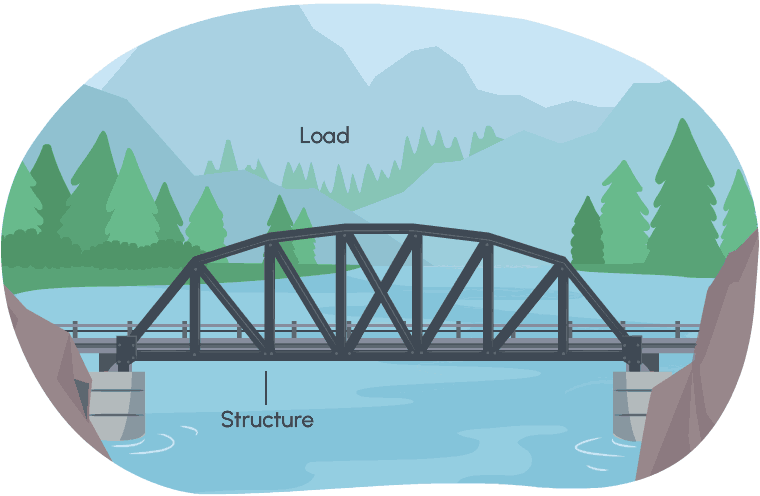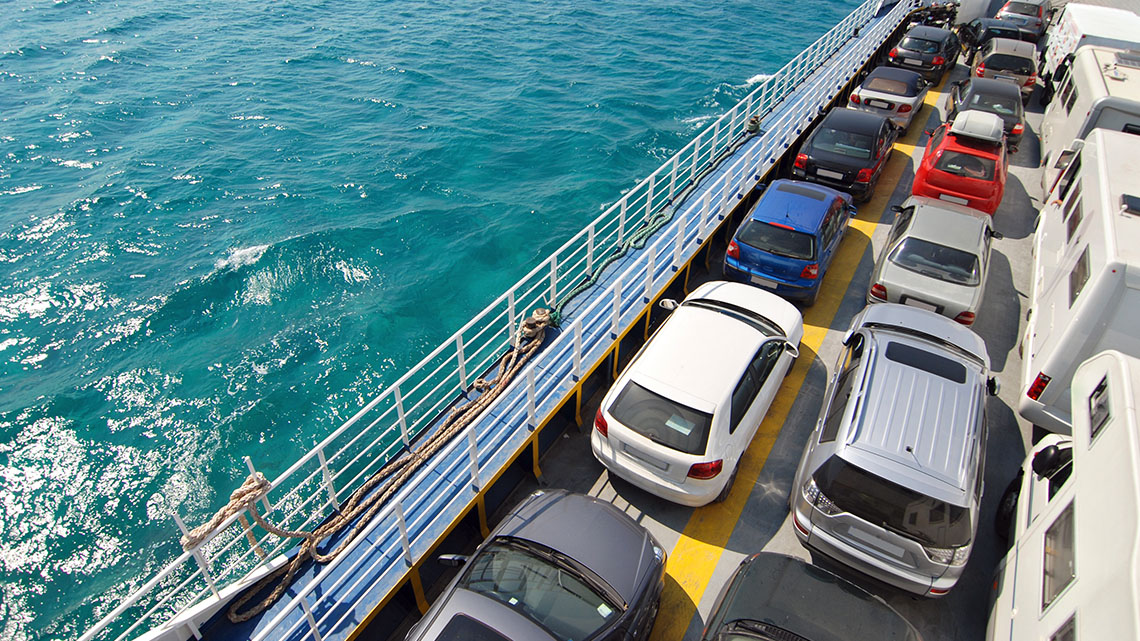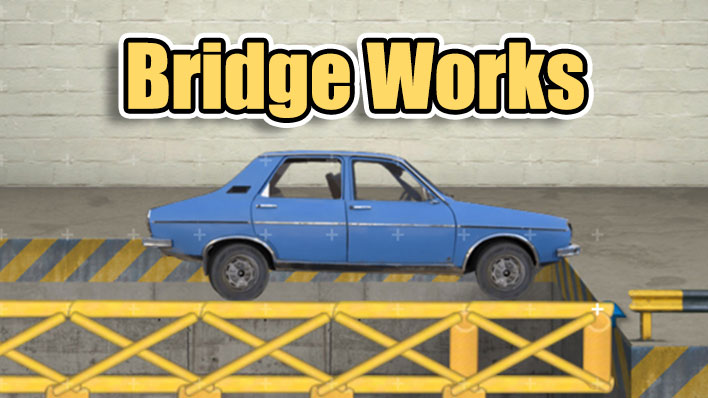Minds On
All about bridges
Explore this eBook about bridges. As you explore, think about:
- Who is the bridge for?
- What is it made of?
Are there other types of bridges that you know of?
Record your answers on paper, on the computer, or in a recording.
Action
Bridges
In the eBook you learned that a bridge is a structure.
A structure is made of different parts that are put together.
Structures can be built to hold an object safely. The object that it holds is called the load.

Let’s check out the eBook pictures again.
In each picture, record your answer for these two questions:
- What is the structure?
- What is the load?
Record your answers on paper, on the computer, or in a recording.
What the structure is made of is very important. The bridges were made of:
- metal
- wood
- grass and plants on top of concrete (the same material as sidewalks)
- plastic
These materials are strong and heavy. They are used because they will hold the loads that they were built for.
Click on the boxes of materials that would not be strong enough to carry people, deer, or cars.
Press ‘Answer’ to learn what materials would not be strong enough.
Paper, feathers, and sand are not strong enough to carry people, animals, or cars.
Different types of structures
Bridges are not the only structures that can hold people, animals, and vehicles. Explore some other examples of structures that can carry loads.
As you explore, take note of the structure, the load, and the materials that are used.
A carousel of four images. Image 1. There are young children sitting in seats that are attached together in a ride at a fair. They have their arms in the air and they are smiling as they move on a track. Image 2. There are two birds resting on the roof of a bird house that is built on a pole. Image 3. There are cars lined up one in front of the other on the deck of a boat. They are travelling across a large lake. Image 4. There is a kitten inside a plastic container that has a fence in the front with a clasp to close the fence door.
Match each load to its structure.
For each structure in this matching activity, record what material it is made of.
Does it work?
When people design structures, they work through steps before their design is all finished.
One of these steps is to brainstorm the right design.

Brainstorming is when you think about ideas like how to solve a problem.
Another step is to plan the design.

When you plan something, you think about the steps you have to follow and the materials you will need.
Some Grade 1 students were asked to imagine and plan structures that could carry a certain load.
Here are three of their designs. Do you think their structures will hold their load? Why or why not? If the answer is no, how could you fix it?
Record your answers on paper, on the computer or in a recording.
DescriptionImage 1: A design drawn on paper that has a skinny branch with a bed of feathers and a large bird flying towards it. The bird is labelled as the load and the feathers and branch are labelled as the structure.
Image 2: A design drawn on paper that shows a wood platform over a creek with a child who uses a wheelchair approaching. The child is labelled as the load, and the wood is labelled as the structure.
Image 3: A design drawn on paper that shows a bike rack made of paper and a child heading towards the bike rack. The bike is labelled as the load, and the paper bike rack is labelled as the structure.
Press ‘Answer’ to learn if the structures will hold their load.
 Description
Description
A design drawn on paper that has a skinny branch with a bed of feathers and a large bird flying towards it. The bird is labelled as the load and the feathers and branch are labelled as the structure.
No, this structure will not hold its load.
 Description
Description
A design drawn on paper that shows a wood platform over a creek with a child who uses a wheelchair approaching. The child is labelled as the load, and the wood is labelled as the structure.
Yes, this structure will hold its load.
 Description
Description
A design drawn on paper that shows a bike rack made of paper and a child heading towards the bike rack. The bike is labelled as the load, and the paper bike rack is labelled as the structure.
No, this structure will not hold its load.
Consolidation
Design steps
When people design structures, they work through steps before their design is all finished.
We have already explored the steps of brainstorming and planning.
The next steps for designing include:

It’s time to build. Gather your materials and your plan and start building!

Testing lets you try out your design to see if it works.

Improving is about making your design even better.
Here are two designs that have been planned and created as structures.
Which design should be tested out? Why?
How could you improve the design that won’t work?
Record your answers on paper, on the computer, or in a recording.
Design time!

It is now your turn to design a structure! First, in your brainstorming step, decide what will be the load for your structure:
- object
- animal
- person
- vehicle
Begin recording your planning step of your design. You can record your planning in any way you wish.
Your structure has to be strong enough to carry the load. What material will you use?
Possible materials include:
- wood
- metal
- plastic
- brick
Plan your design!
You can plan your design in a method of your choice or use this chart to help you.
Complete the Structure Design Chart in your notebook or using the following fillable and printable document. If you would like, you can use speech-to-text or audio recording tools to record your thoughts.
Press the ‘Activity’ button to access Structure Design Chart.
| Structure idea | |
|---|---|
| Load | |
| Material | |
| Other notes |
Think about it!
- Could your structure carry more than one load at a time? How do you know?
- How do you know if you made your structure sturdy?
- Would you want to create and test your design? Why or why not?
Reflection
How do you feel about what you have learned in this activity? Which of the next four sentences best matches how you are feeling about your learning? Press the button that is beside this sentence.
I feel…
Now, record your ideas about your feelings using a voice recorder, speech-to-text, or writing tool.
Press ‘Discover More’ to extend your skills.
Discover MorePractise your bridge building skills using pasta in this TVOkids game.













